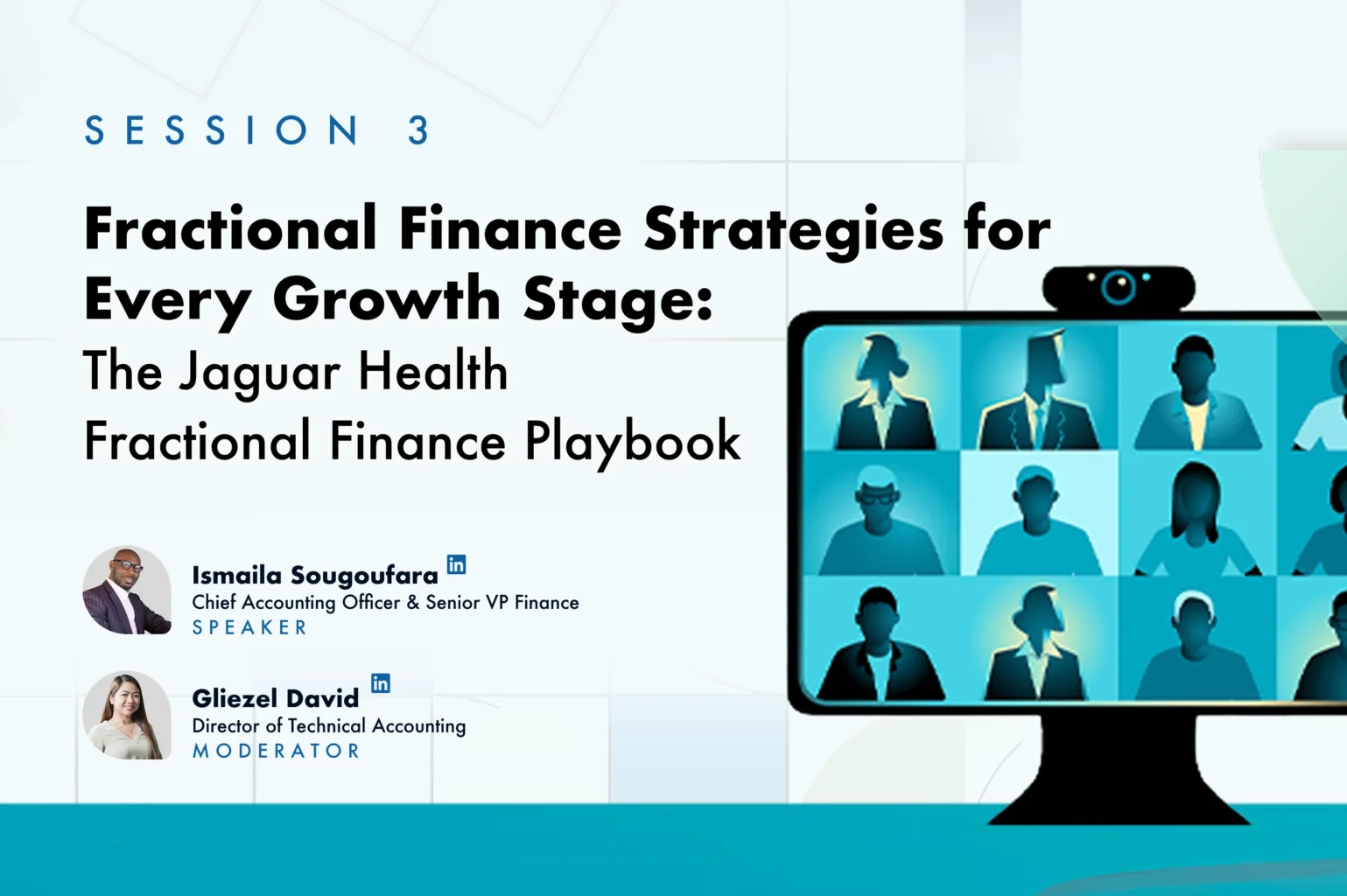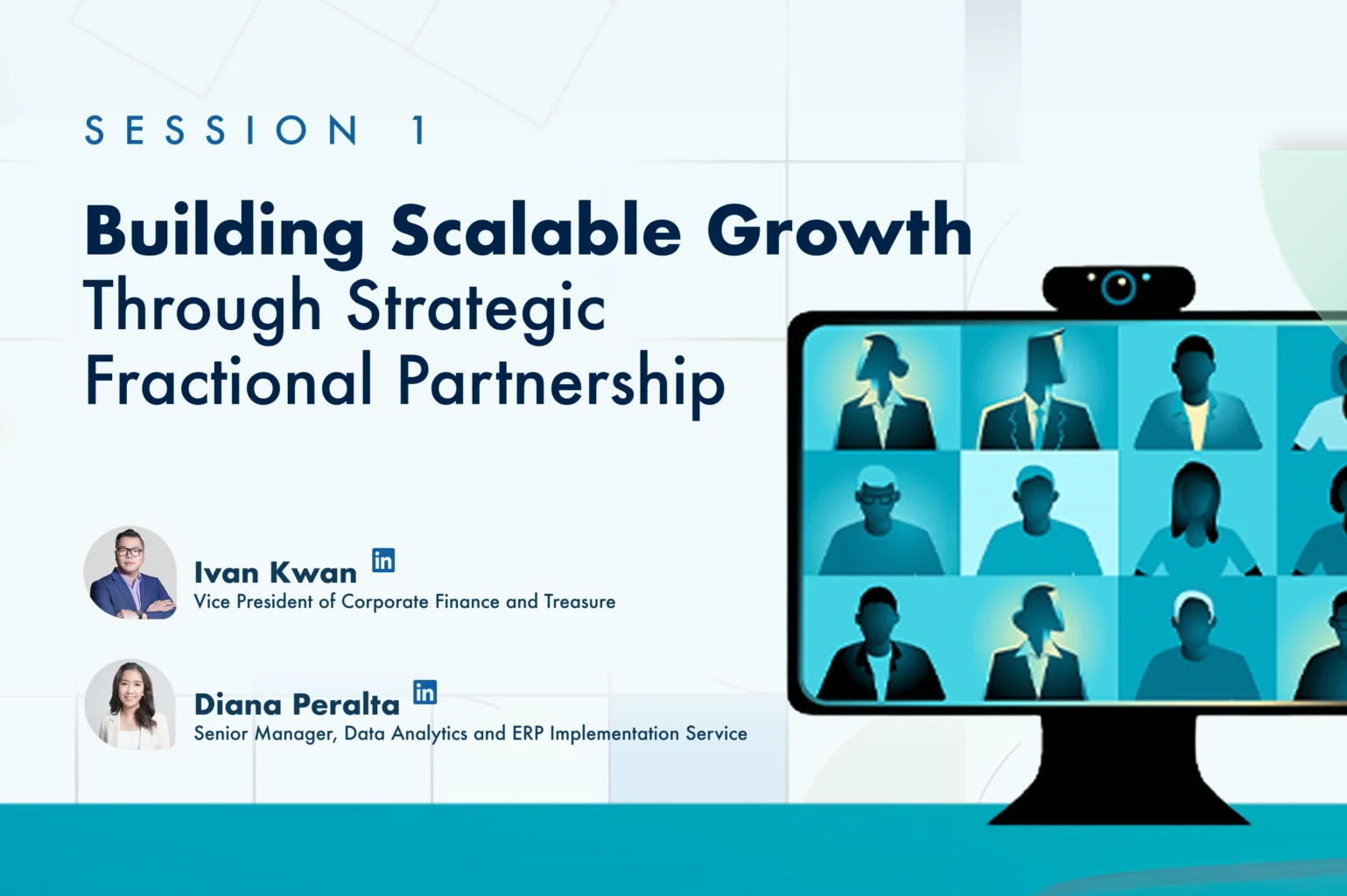Investors are increasingly rewarding efficient growth over speed, and that means SaaS CFOs need to strike the right balance between fueling expansion and maintaining financial discipline. Cost optimization is the key to increasing operational efficiency, improving cash flow, and ensuring a sustainable path to profitability that satisfies investors and internal growth goals.
At Scrubbed, we’ve worked with many SaaS businesses and have seen firsthand how smart financial management can drive profitability and keep growth on track. Here are a few of the successful strategies we’ve observed and supported.
Build a Cost-Optimization Mindset
Proactive financial discipline rather than reactive budget cuts helps CFOs build relationships with department heads and team leads. With their help, you can create a culture of cost awareness and identify inefficiencies before they become major financial drains.
- Regularly review financials: Routine financial reviews will help you identify areas of excessive spending and potential inefficiencies so you can take corrective action before costs spiral.
- Leverage variance analysis: Comparing actual spending to budgeted figures helps CFOs pinpoint any unexpected deviations. Your forecasting and cost allocation will also benefit if you have greater visibility into variances.
- Prioritize value-generating investments: Assess spending to differentiate between necessary growth investments (e.g., product development, customer support) and expenses that don’t directly contribute to revenue or efficiency.
Optimize Customer-Related Costs
Customer retention and acquisition are two of the biggest financial levers in a SaaS business. Minimizing your churn and reducing the cost of acquiring high-value customers to aim for a CAC payback period of 12 months or less can significantly improve your profitability.
Reduce Churn
- Implement Customer Health Scores: Satisfaction and usage data can help you identify at-risk accounts and proactively approach them.
- Improve Onboarding: Ensuring customers realize value quickly can measurably boost retention rates. For instance, providing new users with a guided walkthrough or interactive tutorial that highlights key features and helps them achieve their first success can reduce time-to-value and improve the likelihood that customers will stick with you.
- Enhance Engagement: Clear communication and value-driven support will help you build trust and stronger relationships.
Lower Customer Acquisition Costs (CAC)
- Target the Right Customers: Creating an Ideal Customer Profile (ICP) helps focus marketing on the prospects most likely to convert and stay.
- Invest in Content Marketing: Reducing your reliance on paid ads with other forms of content ( Case studies, SEO, and thought leadership) can be an effective way to reach more potential customers earlier in the buying process.
- Leverage Referral Programs: Encourage referrals to generate high-quality leads at a lower cost.
Improve Cloud and Infrastructure Spending
For CFOs managing burn rates and investor expectations, cloud hosting is often one of the largest and most variable operational expenses. If you don’t monitor scope creep and spending closely, these costs can start to erode your margins.
- Review Your Cloud Usage: Regularly audit your cloud instances to identify and eliminate any unused resources, improve utilization, and reduce unnecessary spending.
- Explore Reserved Instances or Savings Plans: Consider committing to usage agreements with your cloud provider that allow you to access discounts, which will make your long-term cost savings more predictable.
- Adopt Auto-Scaling Practices: Auto-scaling dynamically adjusts your resource allocation based on demand. It’s a way for your firm to optimize performance while avoiding over or under-provisioning.
- Review Vendor Agreements: It’s a good idea to assess and renegotiate contracts with third-party vendors from time to time to align costs with current needs and uncover any opportunities for savings.
Streamline Internal Operations
Operational inefficiencies can quietly drain your resources. Automating repetitive tasks and standardizing workflows can be the key to reducing overhead without compromising on agility.
- Automate Finance and Accounting Tasks: Cloud-based tools can help you simplify and streamline invoicing, reporting, and reconciliations.
- Standardize Workflows: Creating documented processes enhances efficiency and reduces the likelihood of errors in your accounting operations.
- Eliminate Redundant Tools: Conducting regular audits of your tech stack helps you find opportunities to consolidate overlapping software, reduce redundancies, and cut subscription costs.
Additionally, CFOs can evaluate hiring efficiency:
- Align Headcount with ARR Growth: If you have uncertain sales cycles, it’s easy to hire more employees than you need. Tying hiring plans to revenue milestones or customer metrics can help you keep staffing levels under control. This is where outsourced services come in, helping SaaS teams scale efficiently without overextending internal resources.
Use Data for Smarter Decision-Making
Data-driven decision-making empowers CFOs to maintain flexibility and optimize costs in real-time.
- Conduct Financial Modeling and Scenario Planning: Use forecast cost scenarios to evaluate potential cost scenarios and prepare for various growth paths.
- Track Key SaaS Metrics: Metrics like CAC, LTV, burn rate, and ARR efficiency offer valuable insights to help guide strategic decision-making and align actions with long-term business goals.
- Deploy Business Intelligence Tools: Real-time dashboards can deliver the actionable insights CFOs need to make informed and timely decisions.
Scrubbed supports CFOs with scenario planning, dashboard creation, and metric tracking to guide strategic direction.
Scaling Sustainably with Cost Optimization
Cost optimization means aligning spending with business priorities to drive sustainable growth. By embedding cost-conscious practices into financial strategy, SaaS CFOs can maximize efficiency, reduce risk, and ensure long-term success.
At Scrubbed, we help SaaS businesses navigate financial complexities, from cost forecasting to revenue recognition. Our team specializes in optimizing financial operations so CFOs can focus on strategic growth. For more information, check out our post on Strategies for Cost Optimization in SaaS Businesses.
Contact us, and let’s talk about how we can help your SaaS business achieve financial efficiency without compromising innovation.







